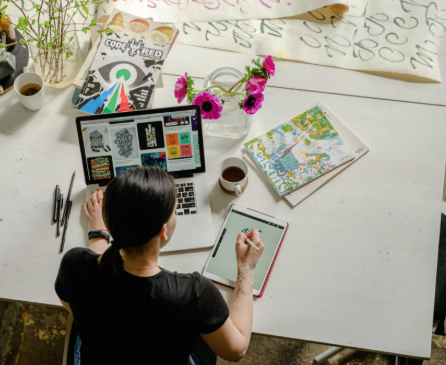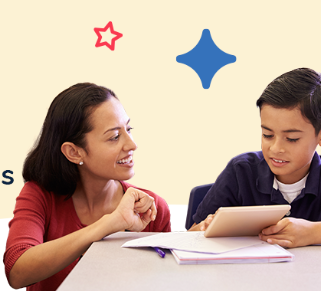Introduction
Digital portfolios are a powerful tool in personalized learning environments. They allow students to document their progress, reflect on their growth, and showcase their achievements in meaningful ways. By integrating digital portfolios into instruction, educators can support student voice, ownership, and self-directed learning while making assessment more holistic and dynamic.
1. What Is a Digital Portfolio?
A digital portfolio is an online collection of a student’s work that demonstrates learning over time. It can include written assignments, project files, photos, videos, reflections, and teacher feedback. Platforms such as Google Sites, Seesaw, or Padlet make it easy to build and maintain portfolios.
2. Encouraging Student Ownership
In personalized learning, students are more engaged when they take an active role in managing their learning. Digital portfolios empower students to choose what to include, reflect on their progress, and set new goals. This encourages responsibility and builds pride in their accomplishments.
3. Supporting Goal Tracking and Reflection
Portfolios can be used to track personal learning goals. Students can upload artifacts that show progress toward specific objectives and write reflections about what they learned, what challenges they faced, and how they plan to improve. These insights support metacognition and growth mindset.
4. Making Learning Visible
Digital portfolios showcase not just final products but also the process of learning. Students can share drafts, feedback, and revisions to highlight how their thinking has evolved. This transparency allows teachers and families to better understand each learner’s journey.
5. Facilitating Student-Led Conferences
Digital portfolios are excellent tools for student-led conferences. Instead of relying solely on report cards, students can walk their parents or guardians through their portfolio, explaining their work, their goals, and how they’ve grown. This fosters communication and student confidence.
6. Customizing for Diverse Learners
Portfolios support a range of content types—visual, auditory, written, and interactive—making them adaptable for various learning styles. Students can express themselves in the formats that suit them best, enhancing accessibility and engagement.
7. Assessing Learning Holistically
Teachers can use digital portfolios to assess more than just test scores. Portfolios provide a fuller picture of a student’s skills, creativity, effort, and persistence. Rubrics can be applied to reflections, creativity, problem-solving, and other key competencies.
Conclusion
Digital portfolios bring personalized learning to life by centering the student in the learning and assessment process. They promote reflection, showcase individual growth, and support goal-driven learning. By incorporating digital portfolios into personalized education, schools can create richer, more meaningful experiences that honor each learner’s unique journey.














